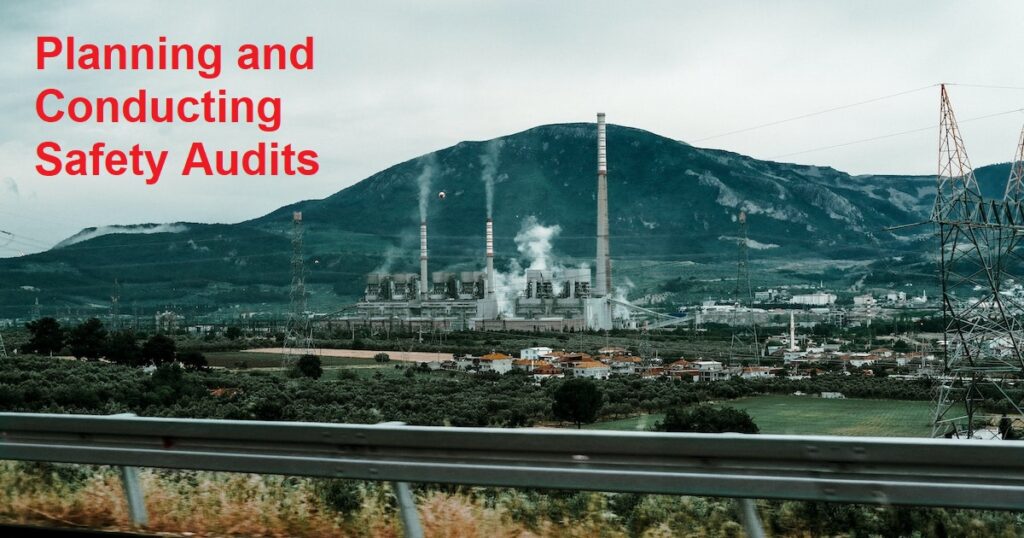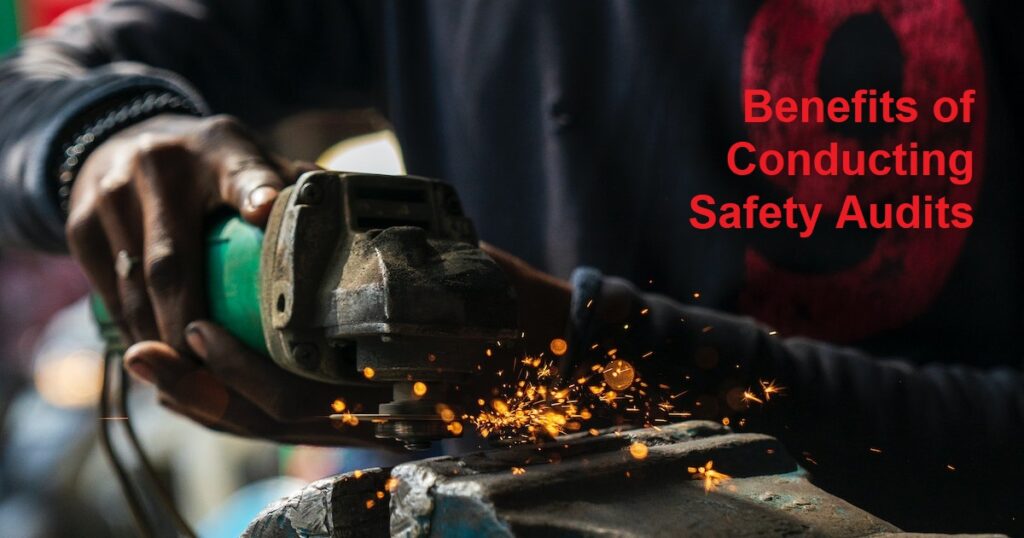At any given time, an organization’s operations could be at risk due to hazards that are not immediately obvious. These hazards may adversely impact the physical and human assets of the company, which may in turn lead to a reduction in job satisfaction, an increase in workers’ compensation claims and other business costs, and a decrease in competitiveness.
To ensure that effective program elements are in place for identifying, eliminating, or controlling such hazards, companies need to conduct safety audits on a regularly scheduled basis. In this article, we provide a comprehensive guide to conducting effective safety audits.
What is a Safety Audit?
A safety audit is a formal review of an organization’s health and safety procedures, policies, and programs. The primary objective of a safety audit is to ensure that the workplace environment, equipment, and operations meet the required local, state, and federal health and safety requirements as well as best industry business practices. Additionally, safety audits aim to verify that employees are following the most effective safety procedures and maintaining a safe working environment through hazard recognition and removal.
Importance of Safety Audits
Safety audits play a critical role in mitigating risks to workers and the organization. Conducted properly, this type of audit can help reduce injury and illness rates, lower workers’ compensation and other business costs, empower employees by involving them in activities affecting their own safety and health, increase job satisfaction, and make the company more competitive. While Occupational Safety & Health Administration (OSHA) does not require safety audit programs, they are a sound business practice that demonstrates a company’s interest in and commitment to the continuous improvement of its health and safety efforts.

Planning and Conducting Safety Audits
The success of a safety audit program is largely dependent on how well it is planned and conducted. The first step in planning a safety audit is to establish a schedule of safety audits for each workplace and work process. To conduct a thorough audit of a job or area, it is best to use a checklist. There are many different types of audit checklists, with the number of items on the list varying from only a few to hundreds depending on the complexity of the audit. Each type of checklist has its specific purpose.
Before conducting the audit, it is essential to determine how often the audits will be conducted. The frequency of audits depends on the potential for property damage, personal injury, or catastrophic events and how quickly conditions that could present a hazard can develop. Past records of equipment failures, accidents, near accidents, and injuries also need to be considered when deciding on the frequency of audits. The greater the potential severity or consequences of an unwanted occurrence, the more frequent audits should be made.
During the audit, it is important to inspect the work area and work practices. The best time to conduct a safety audit is during a time when operations and work practices can be observed as they are normally conducted and when there will be the least number of distractions to the normal work procedures. Formal safety audits should be conducted on a regularly scheduled basis and should involve employees, supervisors, middle and upper-level operating management, and health and safety professionals.
Checklist Items
To ensure that nothing is overlooked, a detailed checklist should be used that reflects regulations as well as best business practices and consensus standards applicable to health and safety requirements specific to the company’s operations and exposures. Examples of checklist items include machinery and tools, equipment, processes, and raw materials, materials handling and storage, hand and portable power tools, vehicle fleets, organization, and administrative procedures, walking and working surfaces, housekeeping practices, fire protection, and life safety, emergency response procedures, radiation, hazardous chemicals, and hazard communication program, electrical hazards, lock-out and tag-out, hazard signage, personal
The Importance of Conducting Safety Audits in the Workplace
Safety audits are a crucial part of maintaining a safe and healthy work environment. They are designed to identify potential hazards and implement corrective actions to reduce the likelihood of injuries or accidents. In this article, we will discuss the purpose of safety audits, the benefits of conducting them, and how to plan and conduct an effective audit.
What is a Safety Audit?
A safety audit is a systematic review of a company’s safety program. The primary objective is to identify potential hazards and assess whether the company has effective procedures in place to control or eliminate them. Safety audits can be conducted by internal or external auditors and are typically conducted on a regular basis.
The Purpose of Safety Audits
The purpose of safety audits is to ensure that effective program elements are in place for identifying, eliminating, or controlling hazards that could adversely impact a company’s physical and human assets. Safety audits should also empower employees by involving them in activities affecting their safety and health, increase job satisfaction, and make the company more competitive.

Benefits of Conducting Safety Audits
Conducting safety audits is a sound business practice that demonstrates a company’s commitment to the health and safety of its employees. Some of the benefits of conducting safety audits include:
- Reduced injury and illness rates: Safety audits can identify potential hazards and help implement corrective actions to reduce the likelihood of injuries or accidents.
- Lower worker’s compensation costs: By reducing the number of injuries and accidents, safety audits can help lower workers’ compensation costs.
- Increased employee involvement: Safety audits empower employees by involving them in activities affecting their safety and health. This can lead to increased job satisfaction and productivity.
- Improved compliance: Safety audits can help ensure that the company is meeting all local, state, and federal health and safety requirements and best industry business practices.
- Enhanced reputation: Conducting safety audits can improve a company’s reputation and make it more competitive.
Planning and Conducting an Effective Safety Audit
Planning and conducting an effective safety audit requires careful planning and execution. The following steps can help ensure a successful safety audit:
Step 1: Establish the scope of the audit
The first step in planning a safety audit is to determine its scope. This includes identifying the areas, departments, or processes to be audited. The scope should be clearly defined and communicated to all parties involved.
Step 2: Identify the audit team
The audit team should be composed of individuals with the necessary knowledge and experience to conduct the audit. This may include internal auditors, external auditors, or a combination of both.
Step 3: Develop an audit checklist
An audit checklist should be developed that reflects regulations as well as best business practices and consensus standards applicable to health and safety requirements specific to the company’s operations and exposures. The checklist should be comprehensive and cover all relevant areas.
Step 4: Conduct the audit
The audit should be conducted using the established checklist. The audit team should inspect the work area and work practices, and identify potential hazards. The team should also interview employees and review relevant documentation.
Step 5: Formulate recommendations for corrective action
After the audit is completed, the audit team should formulate recommendations for corrective action. These recommendations should be listed in the order of priority and should specify exactly what needs to be done to correct the hazardous situation. The team should also clearly identify who is responsible for taking the corrective action.
Step 6: Make audit reports and conduct follow-ups
The audit team should prepare a written report that summarizes the findings and recommendations. The report should be distributed to all relevant parties, and follow-up actions should be scheduled to ensure that corrective actions are taken.
Conclusion
In conclusion, safety audits are an important part of maintaining a safe and healthy work environment. They can help
